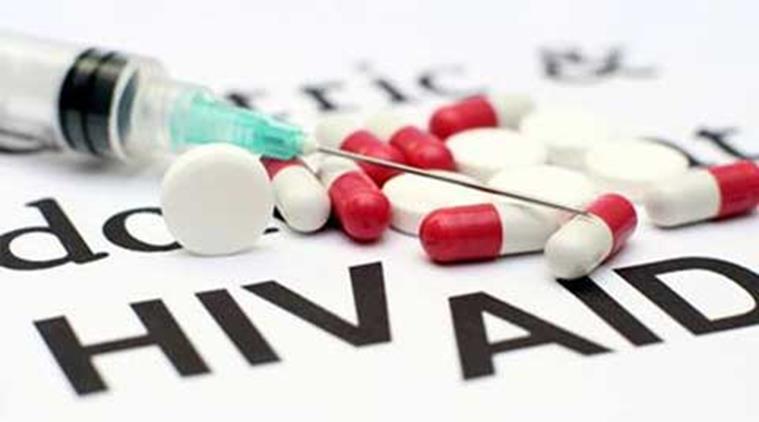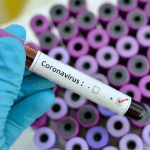In a new study, experts have said that the prevalence of HIV drug resistance in children below 12
years living in sub Saharan Africa is high and rapidly increasing.
Even in prevention of mother-to-child transmission (PMTCT)-unexposed children, they said that pretreatment HIV drug resistance (PDR) is present in up to a third of children starting first-line HIV drugs. It was published in the February edition of the Journal of Antimicrobial Chemotherapy.
 The systemic analysis of 19 studies representing 2617 children from 13 countries, including Nigeria, indicated that the PDR prevalence in PMTCT-unexposed children had increased from zero per cent in 2004 to 26.8 per cent in 2013.
The systemic analysis of 19 studies representing 2617 children from 13 countries, including Nigeria, indicated that the PDR prevalence in PMTCT-unexposed children had increased from zero per cent in 2004 to 26.8 per cent in 2013.
Although HIV transmission from mother to child has fallen over the past decade, the study indicated that PDR prevalence was 42.7 per cent among PMTCT-exposed children and 12.7 per cent among PMTCT-unexposed children.
Also, PDR was more common in children aged less than three years compared with childre
n aged above three years.
This finding which also suggests that drug-resistant virus is circulating in many African populations, also indicated the possibility that mothers could have drug-resistant virus owing to
prior exposure to PMTCT regimens and lack of recent engagement in HIV care, leading to late presentation for antenatal care.
Pre-treatment drug resistance (PDR) forms an increasing threat to the success of antiretroviral treatment (ART) programmes in sub-Saharan Africa, where individual resistance testing is not routinely available.
Drug resistance in infants with HIV complicates future treatment by limiting the drugs that will be available for future use and could further contribute to the spread of drug resistant HIV.
Nigeria has the second highest number of HIV-infected children in the world. Children are an especially vulnerable population to develop PDR given that paediatric second-line treatment options are limited.
Children usually acquire PDR either by direct transmission from the mother to the child or when exposure to ARVs as part of prevention of mother-to-child transmission (PMTCT).
The use of antiretroviral drugs for the prevention of mother-to-child transmission (PMTCT) has evolved dramatically over the past decade, from the use of short-course prophylactic treatment to the current World Health Organisation recommendation that all women living with HIV should begin antiretroviral treatment if they become pregnant and should stay on treatment for life.
If HIV transmission does occur despite this therapy, there is a high risk of the infant being infected with strains of HIV that are resistant to other antiretroviral drugs. This has important implications for the choice of HIV treatment for the infant.
Understanding the extent to which drug resistance is present in infants is important for determining treatment guidelines and identifying weaknesses in the HIV treatment programme.














